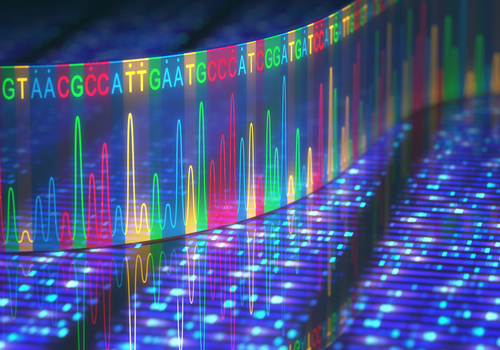Scientists Discover New Genetic Mutation Associated with Dravet Syndrome, Case Report Says
Written by |

Scientists have found a new genetic mutation in the SCN1A gene associated with Dravet syndrome, a case report says.
The genetic variant was described in the study, “A novel variant in SCN1A gene associated with Dravet syndrome,” published in Seizure: European Journal of Epilepsy.
Dravet syndrome is a severe type of epilepsy that usually manifests during the first year of life and is characterized by seizures, cognitive deficits, and increased mortality.
In most cases (70%–80%), the disorder is associated with known genetic mutations in the SCN1A gene, which encodes for a sub-unit of a sodium channel called NaV1.1 that is responsible for the transmission of electrical signals in the brain.
“With the advent of new diagnostic tools such as next-generation sequencing, genetic confirmation of these conditions has vastly facilitated accurate diagnosis and treatment of epilepsy,” the investigators wrote. Of note, next-generation sequencing is an umbrella term to describe a number of different modern DNA sequencing technologies.
In this study, a group of researchers from the University of Colombo in Sri Lanka described a new genetic mutation in SCN1A found in a child with Dravet syndrome.
The 2.5-year-old girl born to healthy non-consanguineous (unrelated) parents was diagnosed with status epilepticus (a condition in which a seizure lasts more than five minutes, or when two seizures occur nearly at the same time) when she was four months old.
Initially her seizures were accompanied by fever, but later she started having seizures without fever. Despite requiring rescue medications to control her seizures during the first two years of her life, the child gradually started experiencing less-severe seizures and required shorter treatments.
“Throughout this period, a cocktail of antiepileptic drugs including levetiracetam, sodium valproate, clobazam and acetazolamide have been used to control the severity of seizures. However, her best response is to a combination therapy of clobazam and acetazolamide,” the researchers wrote.
Clinical examination revealed the girl had global developmental delays, with intellectual and behavioral impairments.
Genetic analyses showed the girl had a missense mutation in exon 16 of the SCN1A gene that had never been described in the literature, nor had been included in online databases, such as Clinvar, the Human Gene Mutation Database, the 1000 Genomes Database, or The Exome Aggregation Consortium.
A missense mutation is a single nucleotide (the building blocks of DNA) mutation that alters protein composition; an exon is the coding sequence of a gene that provides instructions to make proteins.
The mutation led to the substitution of the amino acid (the building blocks of proteins) leucine by arginine at position 988 (p.Leu988Arg), which may compromise the normal structure and function of the SCN1A protein and lead to the onset of Dravet.
Genetic analyses performed on both parents and the girl’s sibling revealed that none of them had the same genetic defect, which confirmed that the girl had a de novo mutation — a mutation that appears for the first time in an individual, instead of being inherited from the parents.





